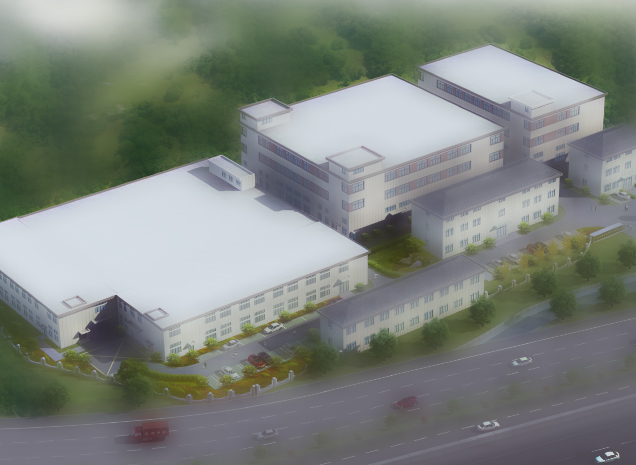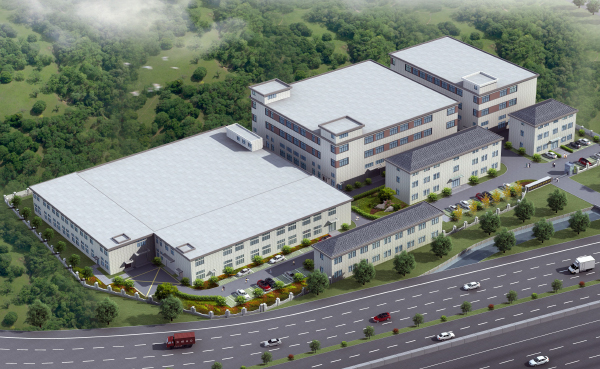How the electric oil pump works:
The working principle of the electric oil pump mainly relies on the cooperative work of electric drive and hydraulic system. The detailed working principle is as follows:
1. Motor drive: There is a motor inside the electric oil pump. When the power is turned on, the electric energy drives the motor to start running. The type of motor is usually a DC motor or an AC motor, depending on the design and application of the oil pump.
2. Oil pump rotor rotation: The rotation of the motor will drive the oil pump rotor to rotate at high speed. There are usually blades or similar structures inside the rotor that generate centrifugal force as they rotate.
3. Fuel suction and compression: Due to the rotation of the rotor and the action of centrifugal force, a low-pressure area will be formed at the oil inlet of the oil pump, causing fuel to be sucked into the interior of the oil pump. As the rotor continues to rotate, the fuel is pushed to the oil outlet by the blades and compressed, forming a certain pressure.
4. Fuel delivery: The compressed fuel is delivered to the engine's fuel supply system through the oil outlet of the oil pump. During delivery, the fuel is filtered and conditioned to ensure its quality and pressure meet the engine's needs.
5. Control system: Electric oil pumps are usually equipped with a control system. This system can adjust the start and stop, pressure, flow and other parameters of the oil pump through external equipment or the oil pump's own control module. This allows the oil pump to be accurately adjusted according to the actual needs of the engine, improving fuel utilization and engine performance.
When an electric oil pump works continuously for a long time, can its cooling system continue to work effectively to ensure that the oil pump will not be damaged due to overheating?
When an electric oil pump works continuously for a long time, the continuous and effective operation of its cooling system is indeed very important, because it is directly related to whether the oil pump can avoid damage due to overheating. The effectiveness of a cooling system mainly depends on its design, selection of cooling media, and heat dissipation efficiency.
A well-designed cooling system should be able to quickly conduct the heat generated inside the oil pump to the outside and dissipate the heat into the air through heat sinks, fans or other heat dissipation devices. At the same time, the selection of the cooling medium (such as coolant or cooling oil) is also very critical. It should have good thermal conductivity and stability to ensure efficient heat dissipation under long-term high-load operation.
However, even if the cooling system is well designed, if the oil pump works continuously for a long time and is overloaded, the cooling system may not be able to fully cope with the heat generated, causing the oil pump to overheat. Therefore, in practical applications, in addition to selecting a high-performance electric oil pump and a reliable cooling system, it is also necessary to pay attention to the use conditions and load conditions of the oil pump and avoid long-term high-load operation to ensure the safe and stable operation of the oil pump.
If the oil pump is found to be overheated during use, it should be stopped in time for inspection and corresponding measures should be taken, such as cleaning the heat sink, replacing the cooling medium, etc., to ensure the normal operation of the cooling system and the safe use of the oil pump.


 English
English Português
Português عربى
عربى 中文简体
中文简体








